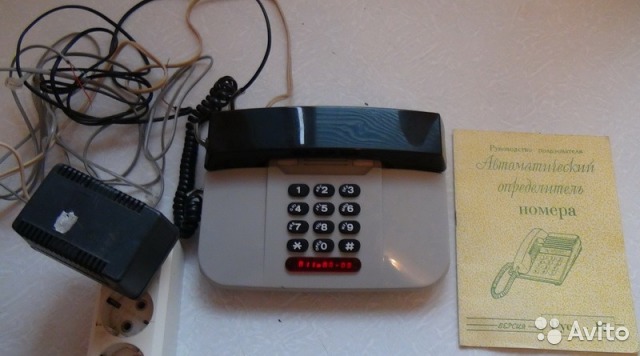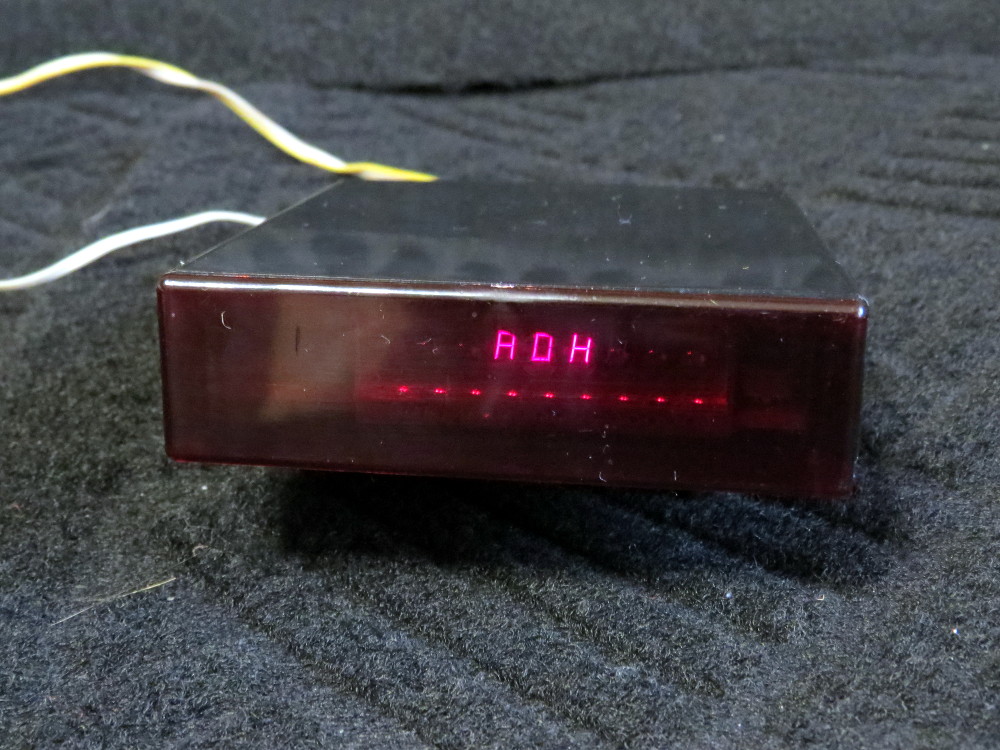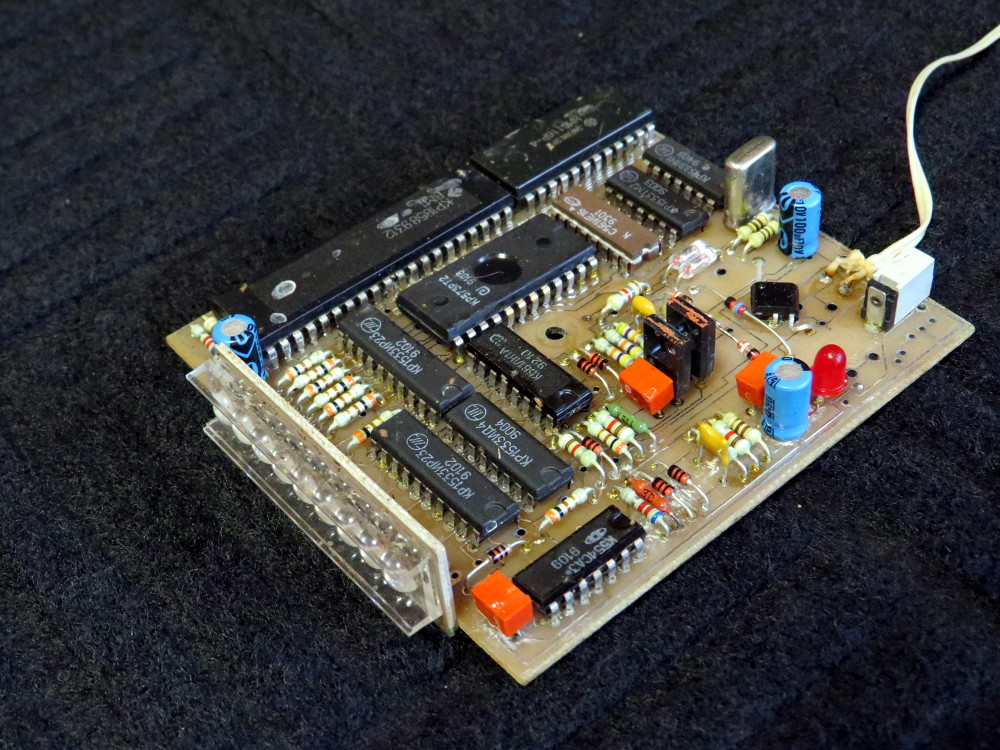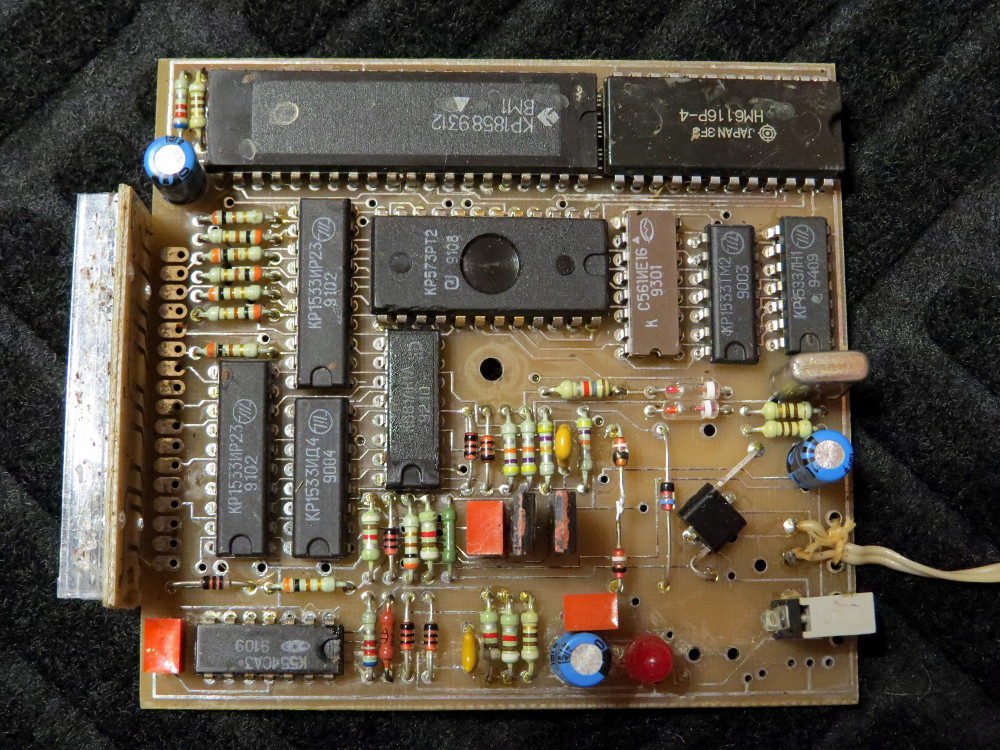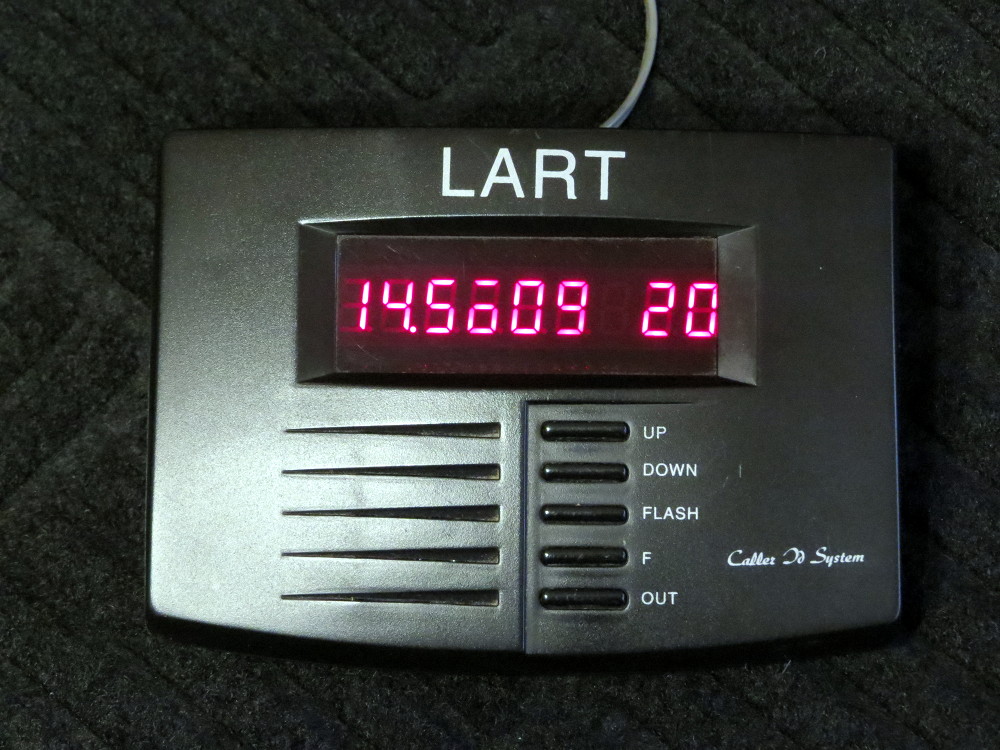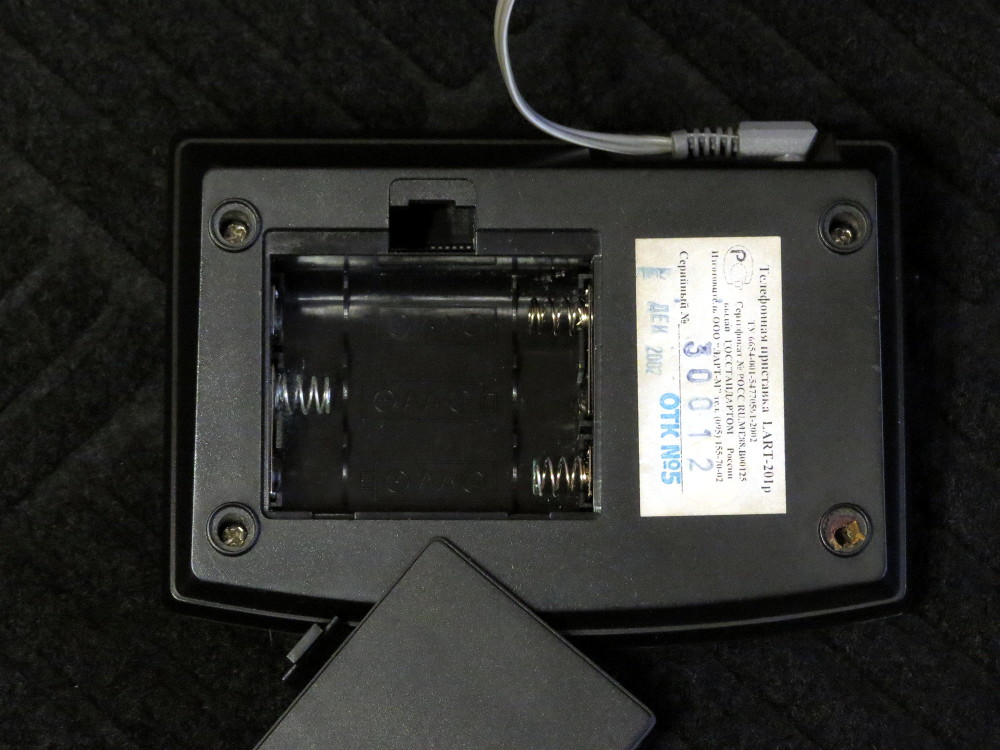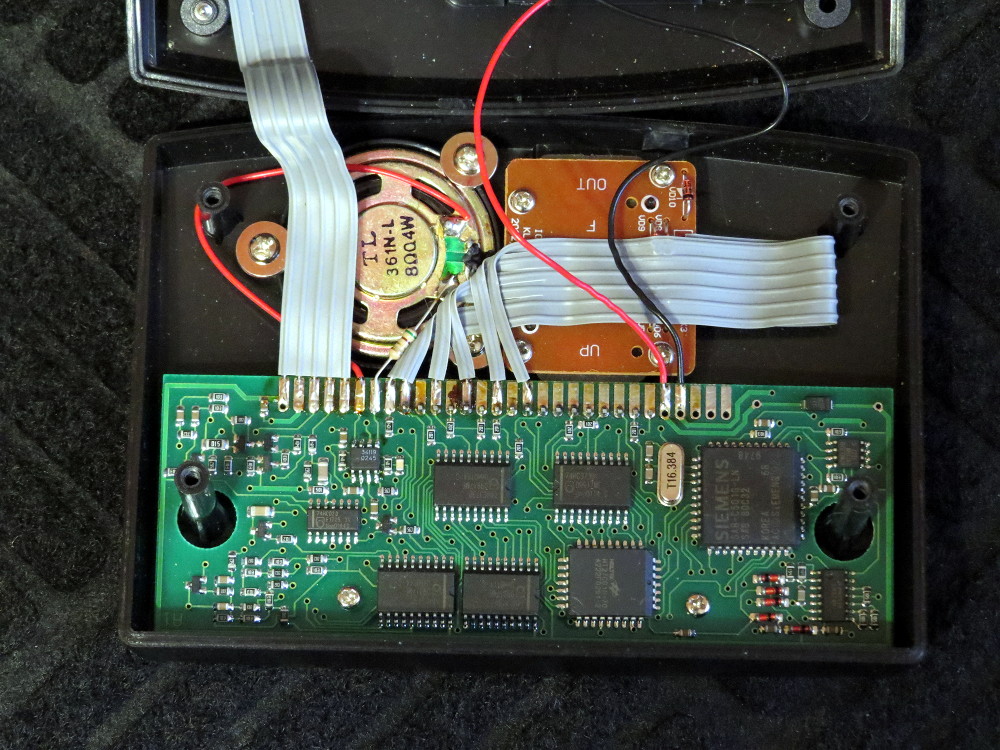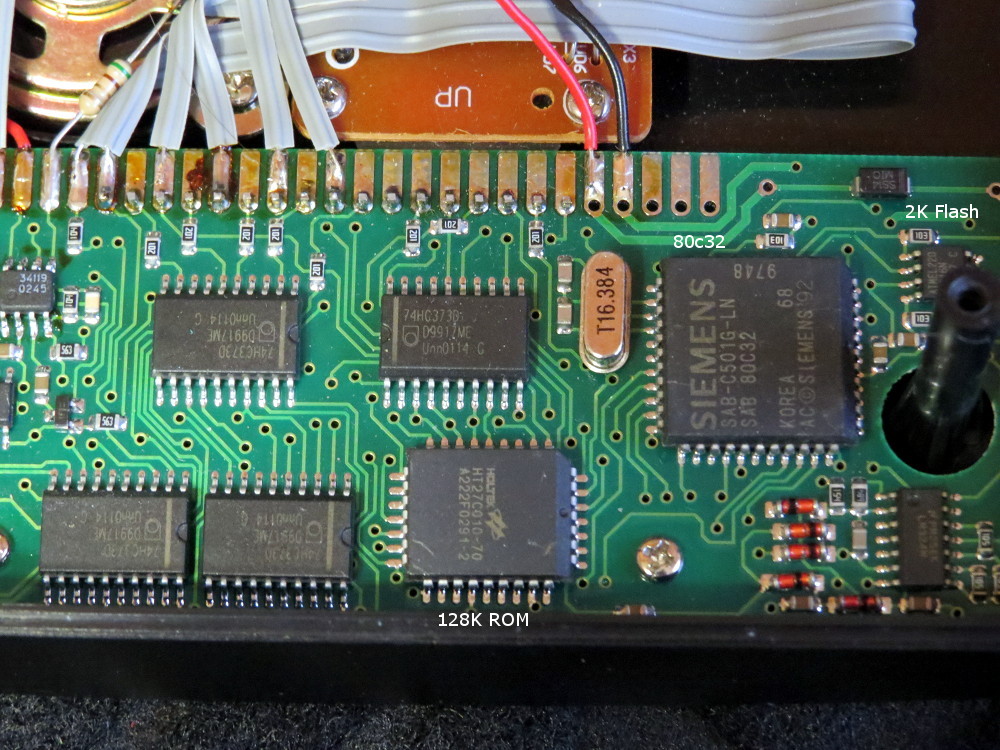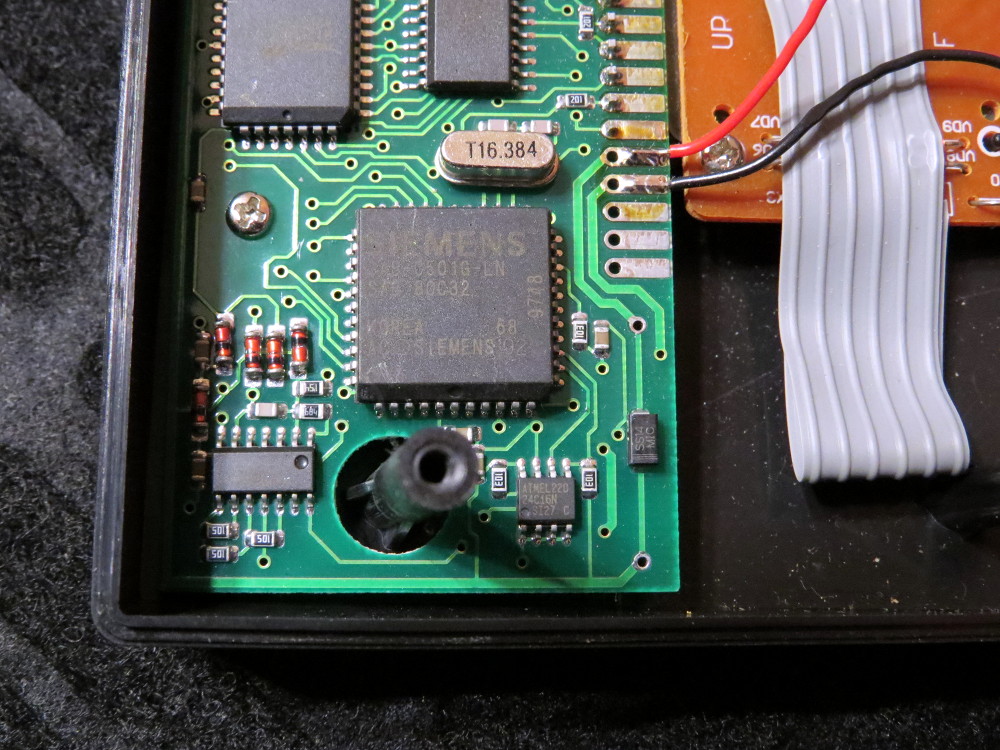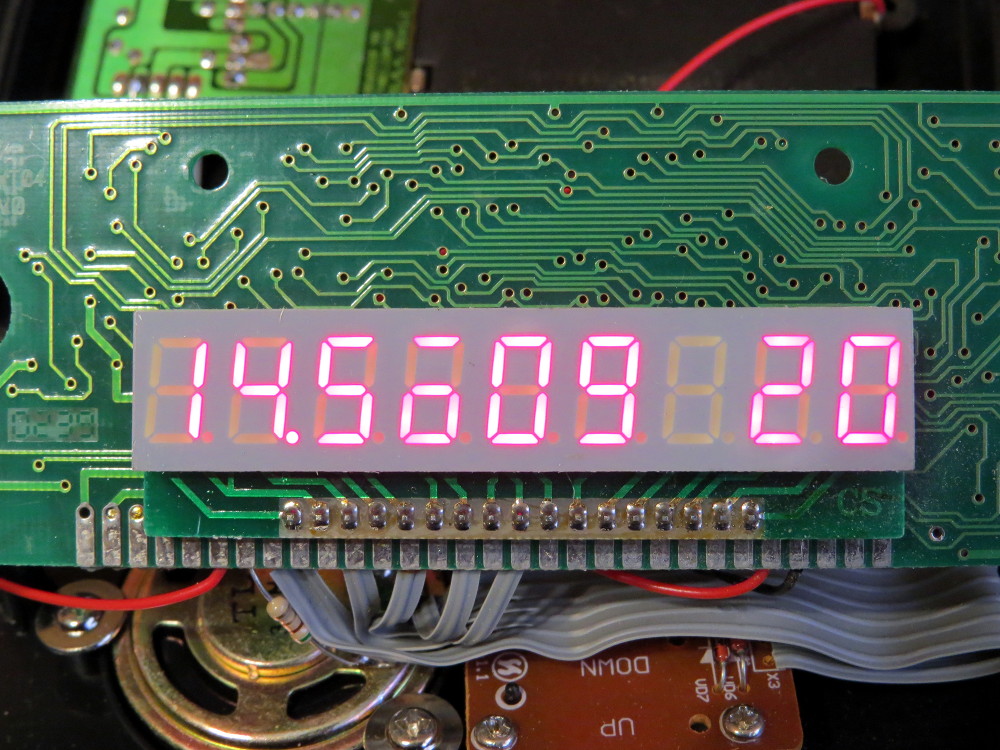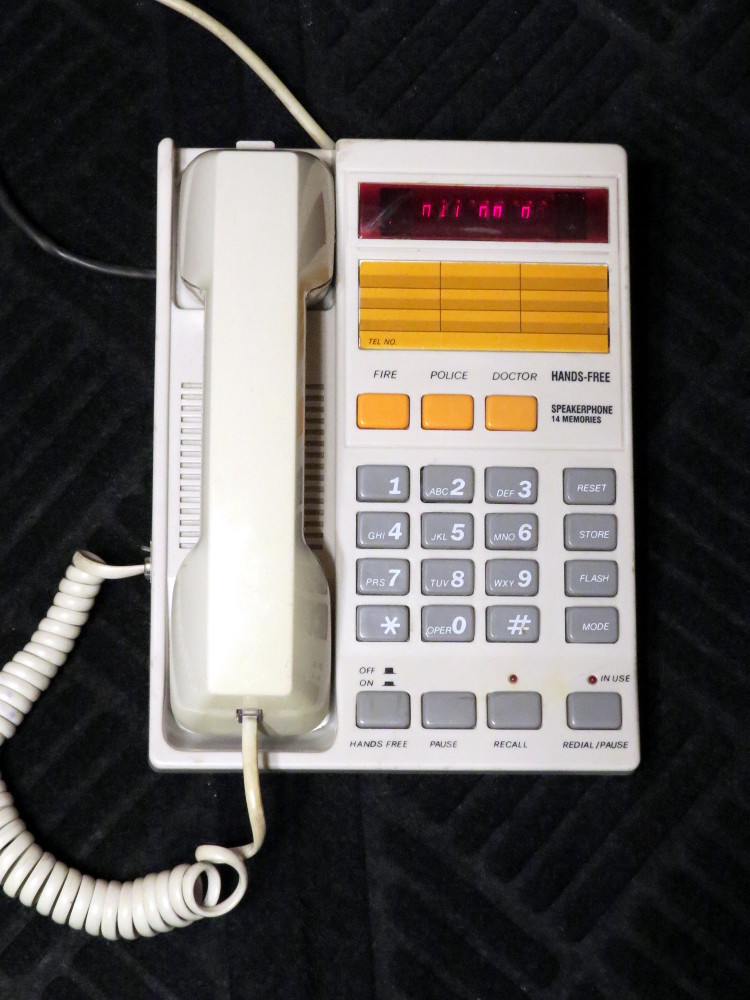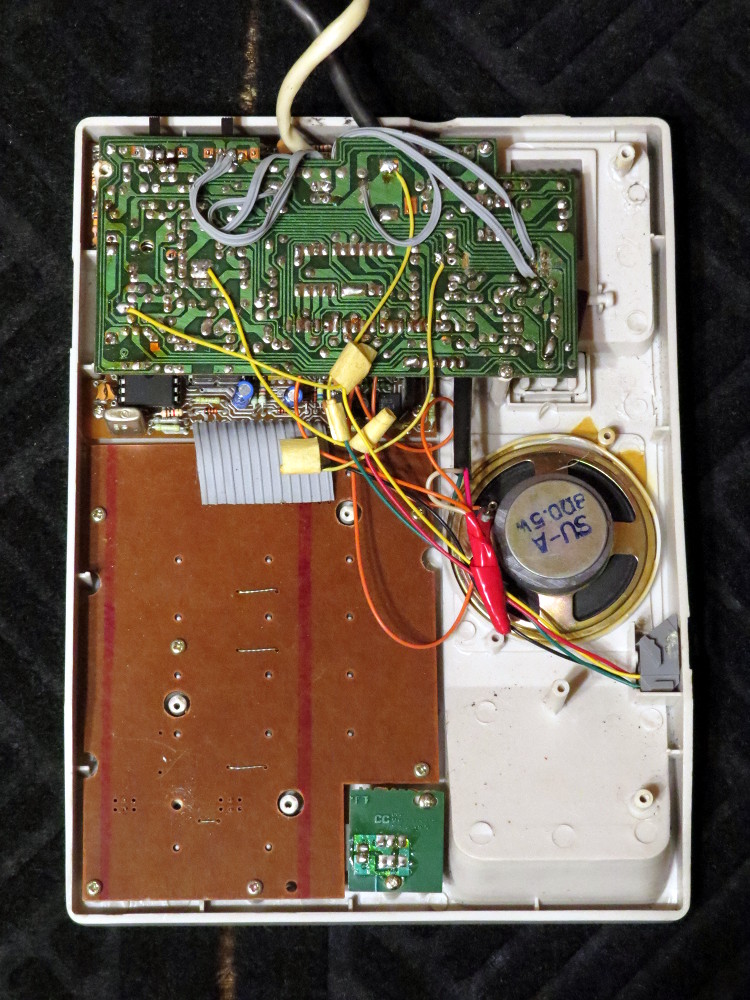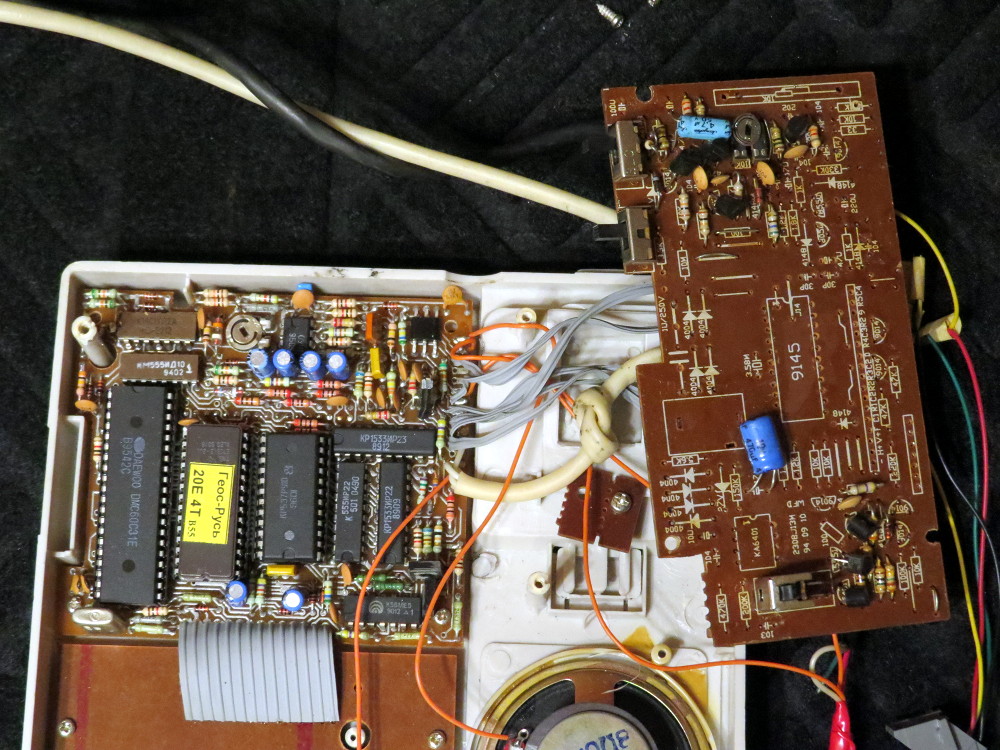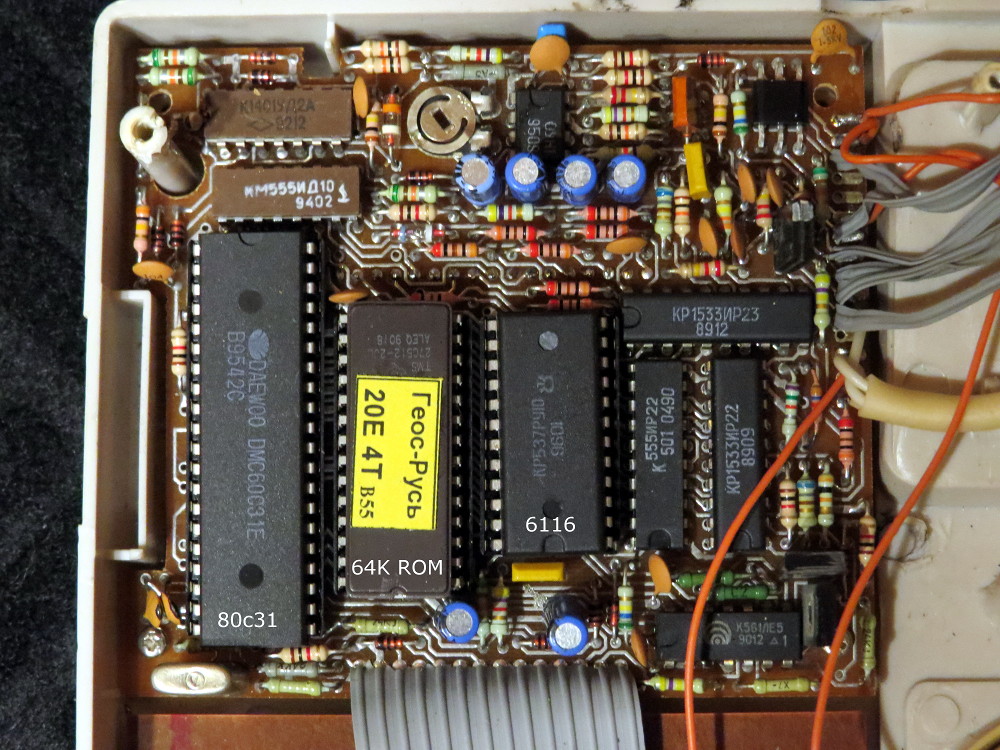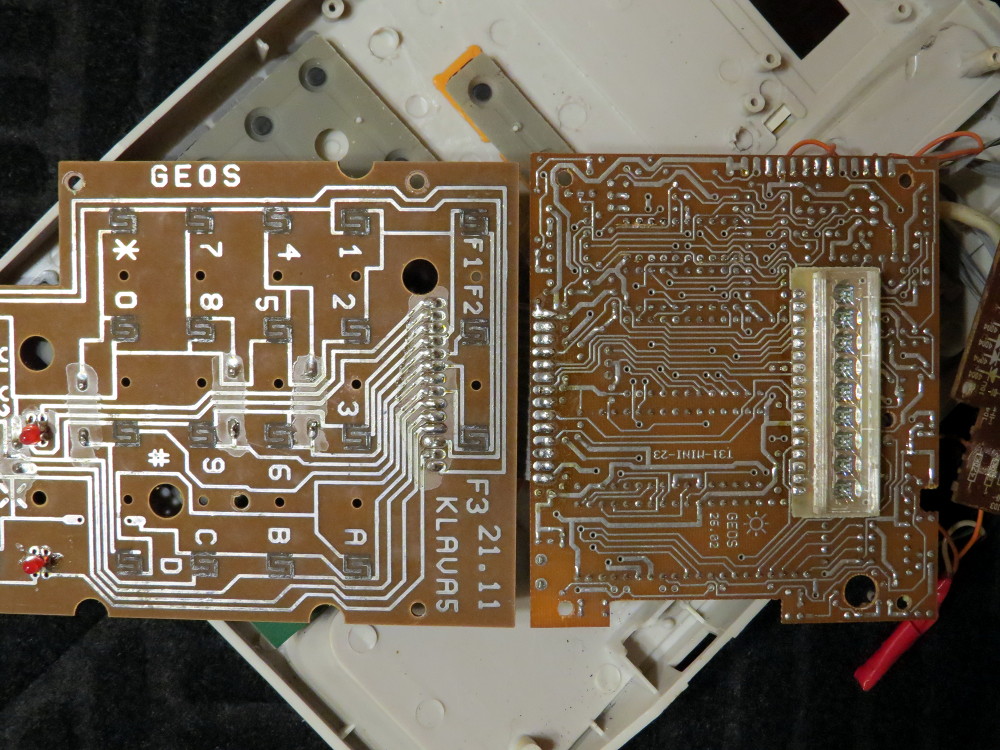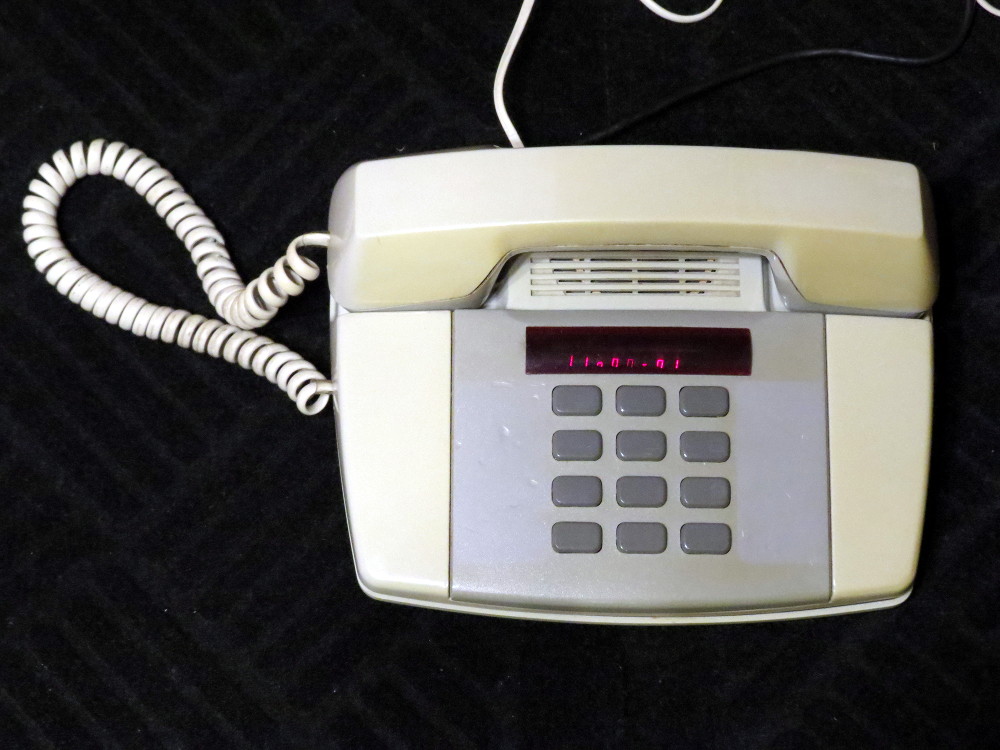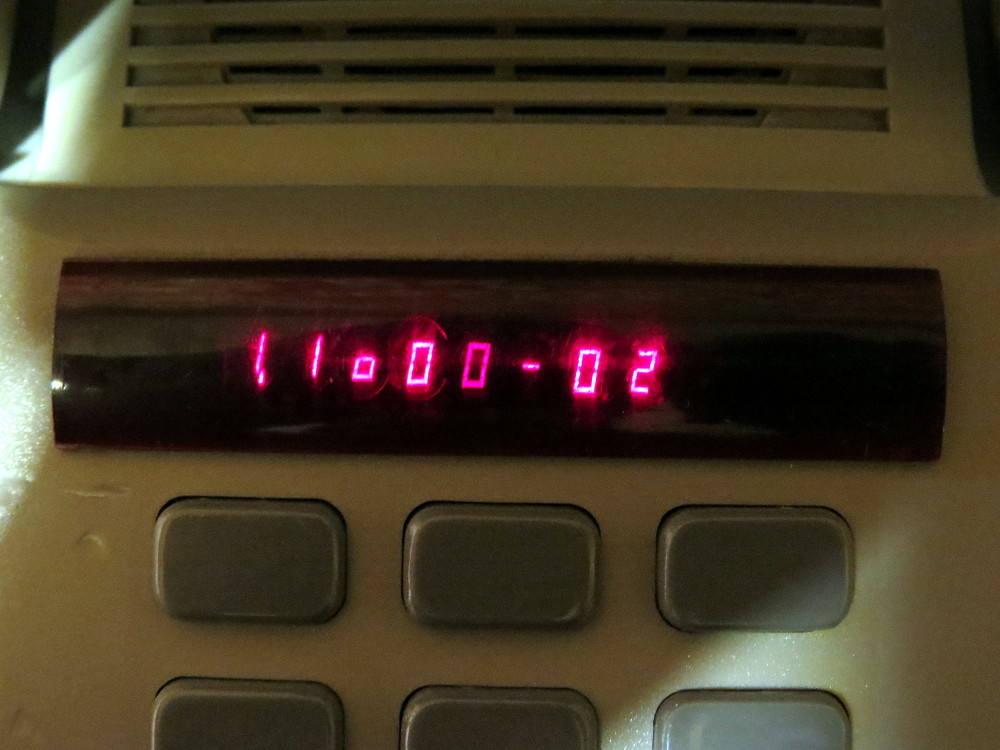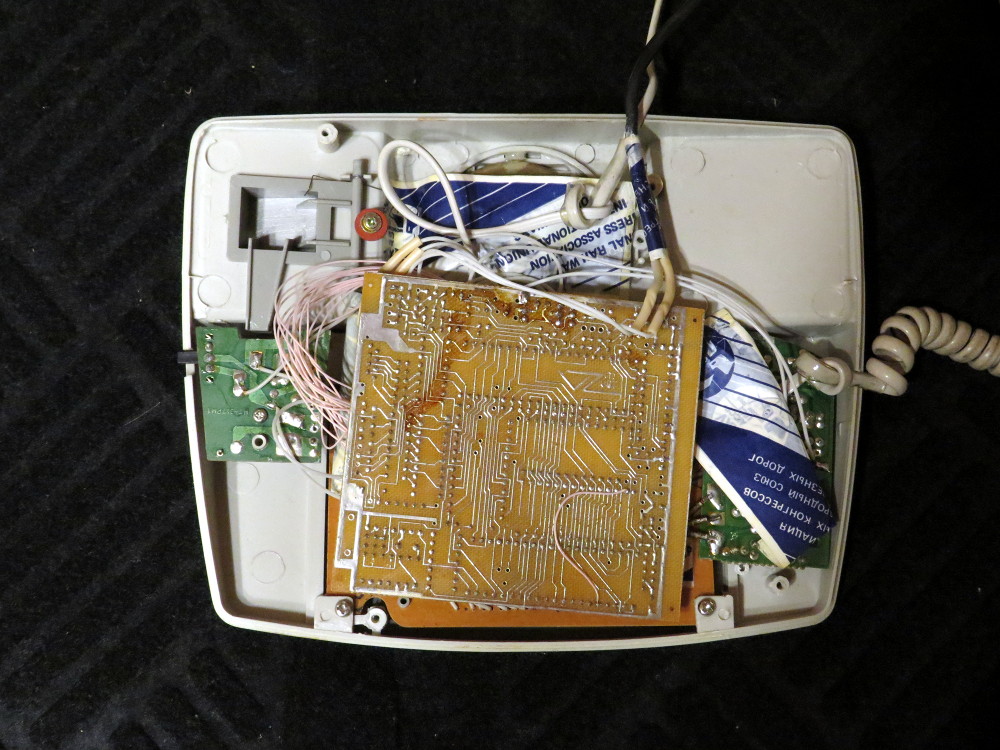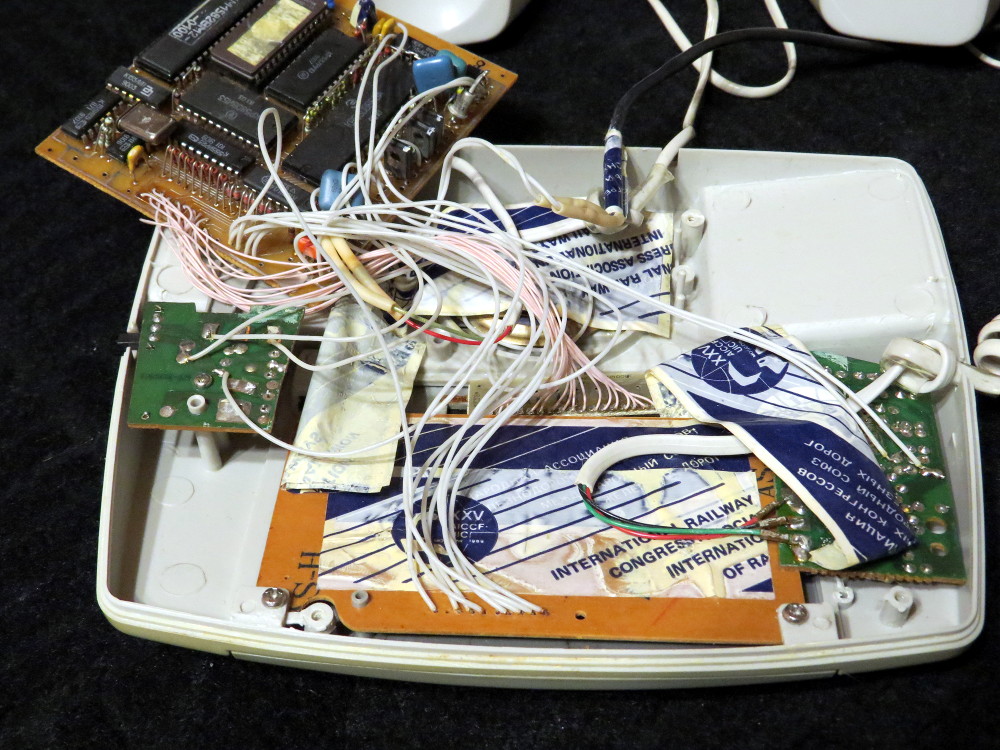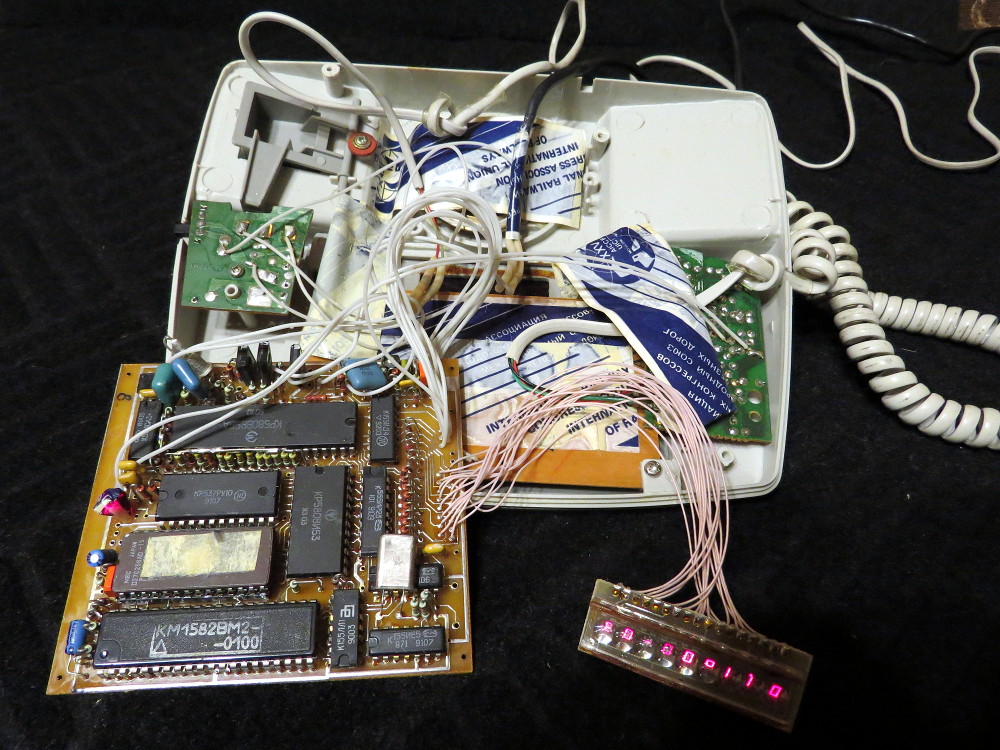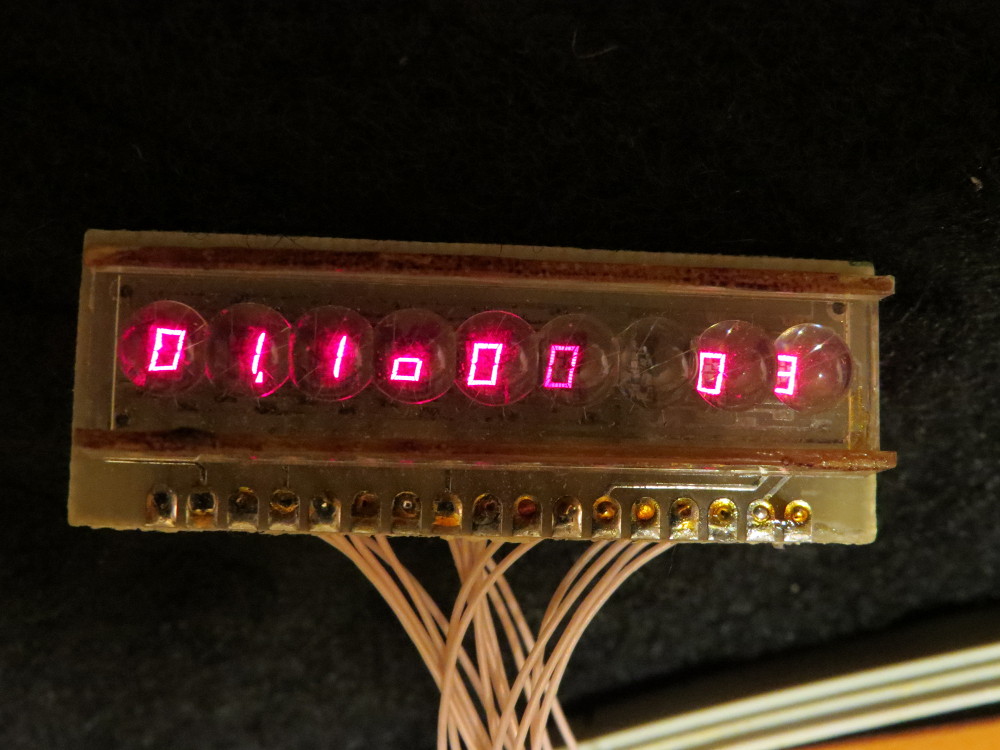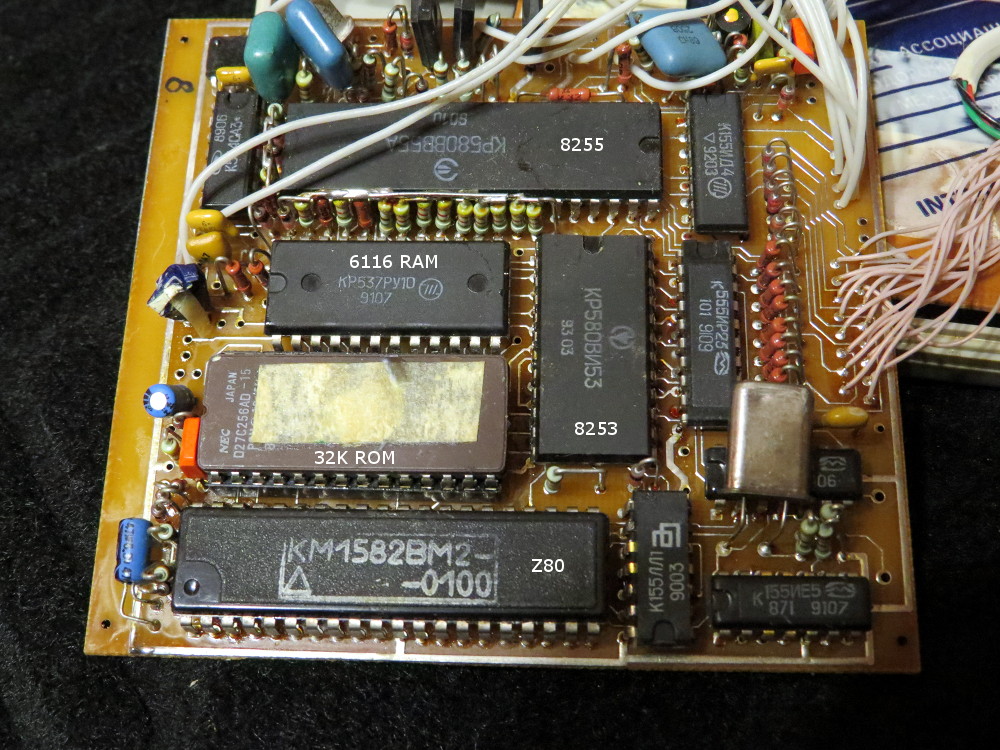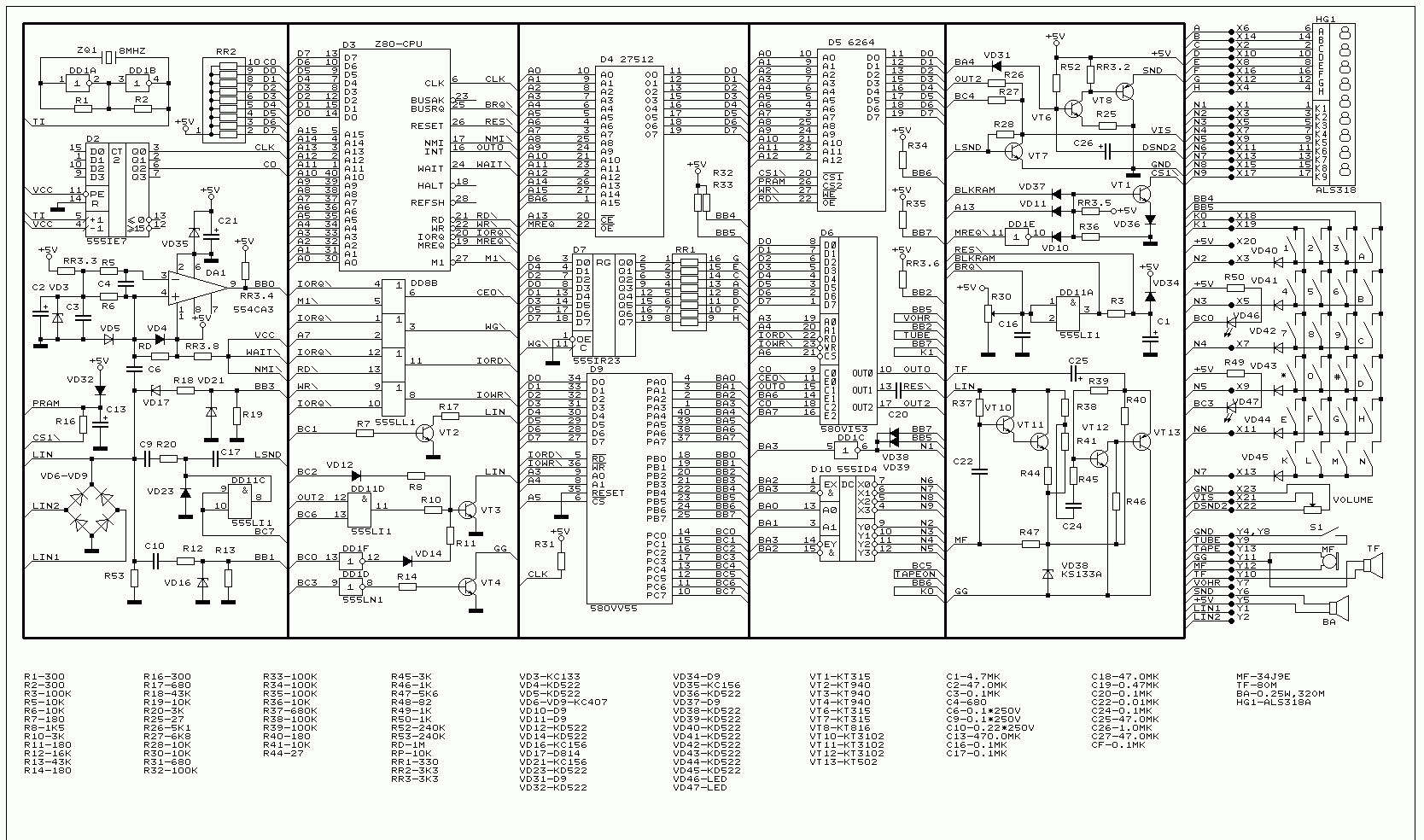Please note. This is a long-term project of mine that has low priority and may come to fruition in some future (or not). I don't know when I will have time to work on it, but once I do, I will post updates and write ups in this thread. I just thought it would be cool to share the inception and development process of the idea with you, hardcode 1-bit entusiasts, as it may have more interest to you than the actual project, and maybe could provide you with ideas and inspire to do some unusual and bizzare stuff too.
Some history
AON (Avtomaticheskij Opredelitel Nomera, roughly translates as Auto Caller ID) is a product of early spontaneous small business that exploded in Russia just along the fall of the Soviet Union (early 1990s). It is a land line telephone device, or an add-on device to a normal telephone, with the killer feature being the built-in Caller ID function, plus things like contact list, alarm clock, calculator, speech synthesizer, answering machine, and such. Kind of early smart phone, as it was seen back then, long before any cell phones. Caller ID service was implemented by the land line provider infrastructure to be used by special government services such as police, but was totally not seen in consumer devices before. Even push buttons phone was something of luxury high tech at the time, with most of phones around the country being rotary dial ones from 1960s. Tone dial support was almost absent at the time, and remains uncommon in Russia even today (pulse dial in most places).
AON devices got huge popularity - at some point like it was in like every 2-3nd house. About a hundred of versions were designed, developed, and produced by thousands of individuals at their homes - electronic engineers who lost their jobs or income at the difficult times of USSR dissolution, but now available opportunity of private business. It was kind of blend of DIY and business, very similar to that happened with ZX clones in Russia that first were constructed and produced by enthusiasts as well. Some of those individuals later formed legit small business as a company, and kept production active up until 2004. Since late 90s, phone line operator wasn't happy by the increased load to their infrastructure that previously wasn't even considered as a paid option. They tried to make it such, with very limited success at first - no one wanted to pay, yet it was impossible to block it separately from the main services until a major update in the land line infrastructure that happened in 2000s. Land phone popularity went down greatly with major spread of cell phones by then, so the era of AONs has come to end.
Being mostly private one-person operated business, the devices were'n developed as an actual commercial product, like a phone with its own exterior design and casing. It was rather a PCB that was built into some existing push button phone. At very first it was targeted to the only relatively obtainable model in USSR produced by the Latvian VEF company (VEF-TA-12), so the board was designed to fit the tricky outline of the phone shell, complete with LED display and buttons placements. Later, with the flood of imported push button cheap phones after 1991, Z80 board was redesigned to be smaller and universal, allowing to embed it into many different cases. Clones of the 90s Panasonic office phone design were among the most popular ones, but countless other kinds were available as well, as each individual produced AONs with whatever parts he could obtain.
Now we're getting to the most interesting part. All AONs inside is a mere single board 8-bit computer with very basic architecture, kind of a crude MCU.
At first it was an Intel 8080 clone based design, it had a few versions of the firmware with pretty limited functionality. Very quickly it got changed to Z80 (imported, later cloned), with 8255 and 8253 on the board. Boards were mostly made with Soviet-produced parts (clones of 74xx, Intel, and Zilog chips), including the only available back then 7-segment LED display with very tiny digits - you immediately recognize its look if you seen it once. Build quality of the devices of this period was a total disaster - hot glue, adhesive tape, and almost no screws all over the place - yet it still works even 25 years later. Z80 version remained the most popular design, with two main kinds of the PCB (large VEF-specific and 9x10 cm universal one) produced. Dozens of firmware versions (Alfa, Fortuna, Julia, Lira, Selena, Vega, and the incredibly popular Rus), as well as dozens of revisions has been made for this design, with different functionality and user interface. These could be interchanged with very minor modifications to the board, if any, so it makes kind of standardized platform. The simplest firmware was just 8K ROM, most advanced ones became as large as 64K.
In later years a new Intel 80C31-based hardware has been designed to improve functionality and cost even further. Cheap Chinese electronic parts became available at this point, so they were used more often, including larger and better LED displays, but still mostly done with chips in DIP packaging, so it remained easy to modify. These aren't as common as Z80 ones, though, but very interesting nevertheless.
Today these old phones relatively easy to obtain in Russia, about $5-15 used, as they no longer have much use. Some enthusiasts were using them as an MCU to control some stuff such as machinery, or a smart house, or a car computer, as it is cheap and very easy to hack and modify. A small self-contained device with 12 or more push buttons, 9-digit 7-segment LED display, Z80 or 80C31 inside, capable to produce audio through few outputs, capable to sample analog input (phone line), usually has ROM in a socket - you know where I'm coming from.
The original VEF-TA-12 based design. Display put to the place where the paper note originally located, so it looks like it is actually designed to be like that.
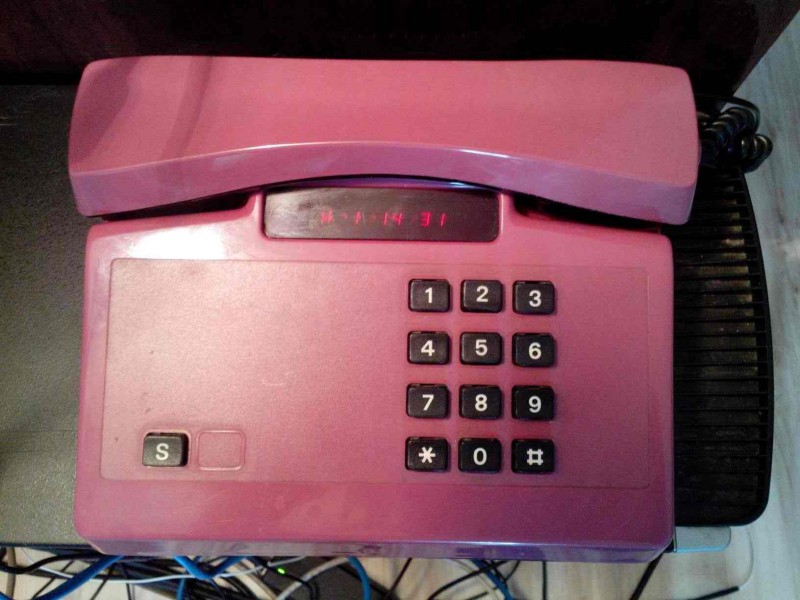
The most common Panasonic clone design. Also common for the later 80C31 devices. White was the most common, but there were other colors, and different number of extra buttons (shortcuts to different features).
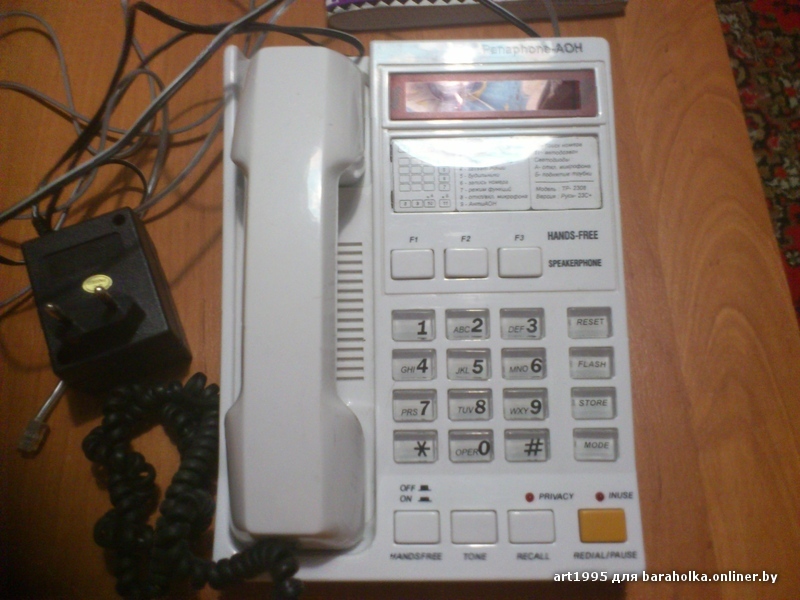
Random chinese phone based design, lots of such stuff.
